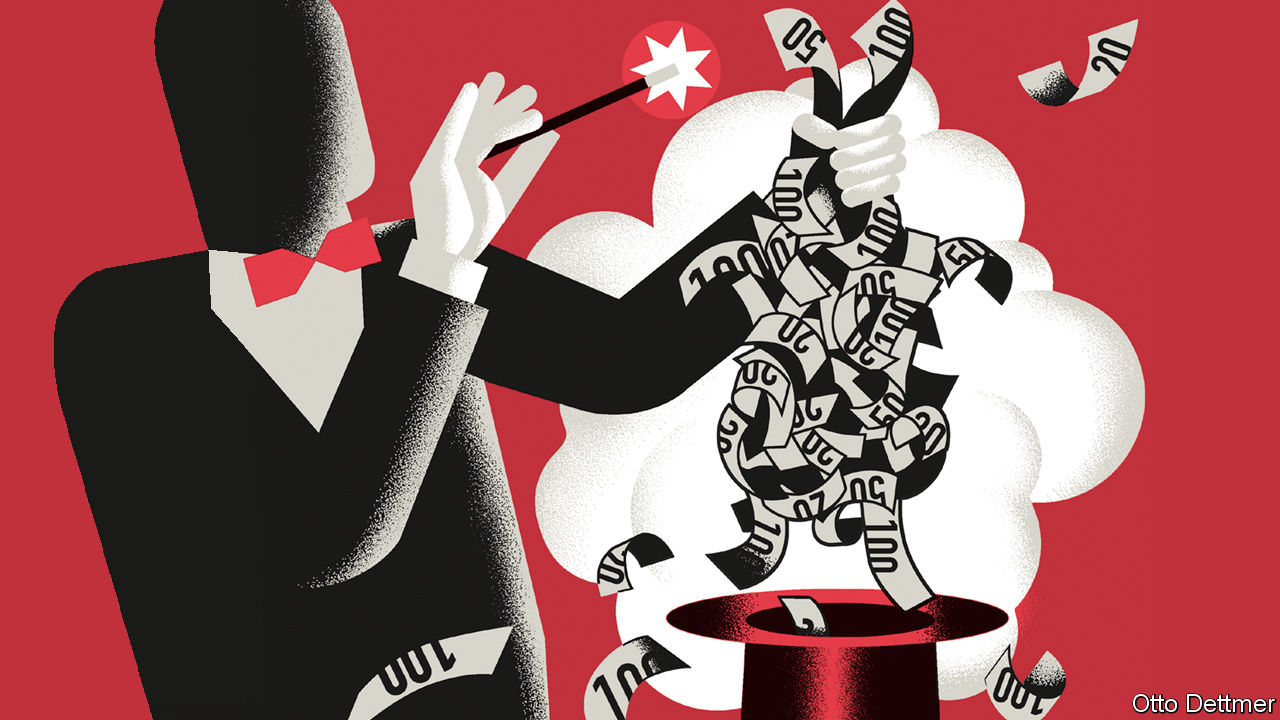Ray Dalio, the doyen of the investing world, has called an end to central banking as we know it. His view is that the widely discussed phenomenon of modern monetary theory will gradually take over. The new doctrine would literally override the Fed’s independence and give a lot more power to politicians. In our world of budget deficits and national debt levels spiralling out of control, this is what authorities have come up with. Needless to say that the system is descending into moral hazard territory.
Clearly, the big money has been vocal in criticising such swing in monetary conduct, but the question increasingly becomes whether there will be any other choice. Jay Powell may have tried to put his foot down at the FOMC on Wednesday, probably in an attempt to deflect from the embarrassment his policy u-turn in December has caused him and the Fed. But it may be too little, too late. Politicians have been ganging up against the Fed, and the damage has already been done by undermining its credibility.
As this space has long argued, the economic environment is by far not as solid as the ruling class wants the country to believe. Donald Trump has continuously twitter-pushed Jay Powell to lower interest rates to further what he calls his tremendous growth miracle. Trump is in fact right to argue for easier money, but obviously for the wrong reasons. It is much rather an inconsistent economic pattern and the stubbornly disinflationary scenario that has called for the Fed to reconsider its tightening course.
Also, macro indicators such as the yield curve herald more difficult times to come. However, are we even equipped to address another crisis? Traditional monetary measures may have long run their course. To be sure, Fed Fund rates have been hiked to a more meaningful level to be able to lower them again. But would that make a difference the next time we run into trouble? The Fed balance sheet has been reduced but by far not as much as anyone of the pundits had expected in the wake of monetary normalisation.
Also, the magnitude of the national debt and the speed at which it is climbing, as well as the trillion-dollar annual deficits caused by the historic tax cut that Washington is poised to run for years to come, will make it excruciatingly harder to apply fiscal countermeasures in another crisis. For the sake of the economy and healthier recovery, Trump should have lived up to his other campaign promise first, namely addressing America’s crumbling infrastructure. But the tax cut cannot be undone, and we are where we are.
Only a massive spending program on infrastructure can salvage the economy to finally rest on more solid pillars, I have been pleading for the past year. The problem with such a proposition now is that the room to manoeuvre fiscally has been soaked up by the tax cut. Politically, however, it will probably be impossible to do without. To drive the perception of economic growth into the election year Trump will bang the drums in favour of nothing short of experimental financing for such project.
And there, he won’t encounter any opposition from the Democrats. They themselves are mired in the image of their new doctrine of what they call Democratic Socialism. In other words, pretty much the majority of Congress will support extraordinary measures to launch what they will call a generational American infrastructure program. Jay Powell and his colleagues won’t be able to stem the tide. All signs are pointing toward a coming politicisation of the Fed and its monetary policy.
For better or for worse, I have suggested in the past that the establishment will inevitably come around to debate one concept that has already been raised in the UK and Canada, and that is infrastructure bonds. The idea is for this kind of new debt to be absorbed directly by the Fed and not be sold into public markets. It is obviously just a new form of QE, but at least the funds would be channelled straight into the real economy and not slush around in the financial system as with conventional quantitative easing.
However, once such practice of essentially printing money for political purposes takes hold and gets even more accepted by the elites, who knows what other ideas apart from infrastructure bonds they will come up with? If it was for the new Left in the Democratic party, debts of all kinds could simply be cancelled and accounts reset to more digestible levels, or what we have on numerous occasions called helicopter money here be distributed as direct cash allocations to the populace to spur consumption.
In the least, there would be a temptation for infrastructure bonds purchased directly by the Fed to be accounted for off-balance sheet. A trillion or two in spending would nominally blow up the federal budget entirely and have the national debt number go truly vertical. The public market would likely to be at its wit’s end, and the so-called risk-free much harder to price going forward. At the same time, there are no guarantees this unprecedented monetary inflation isn’t derailing the system entirely at one point.
No matter how much one hates the idea of this modern monetary theory I believe we are already caught between that rock and that hard place. We have let the debt crisis of more than 10 years ago turn into a debt Kraken because the consequences of deflating the credit bubble were too horrifying and the social cost deemed too high. However, there is no way back now. Eventually, we will have no choice but to dig deeper into that blatant hole just to stay afloat, despite the inherent risks gaping right before us.
